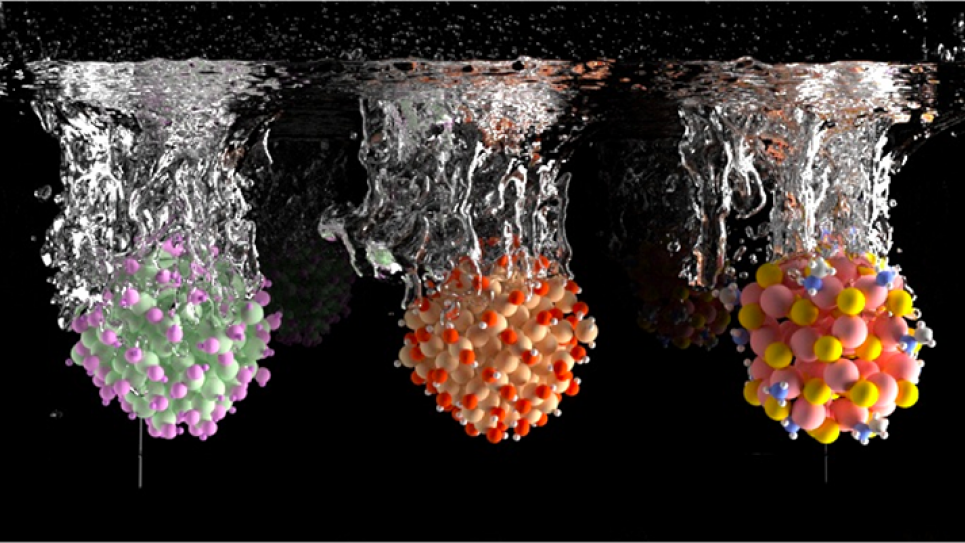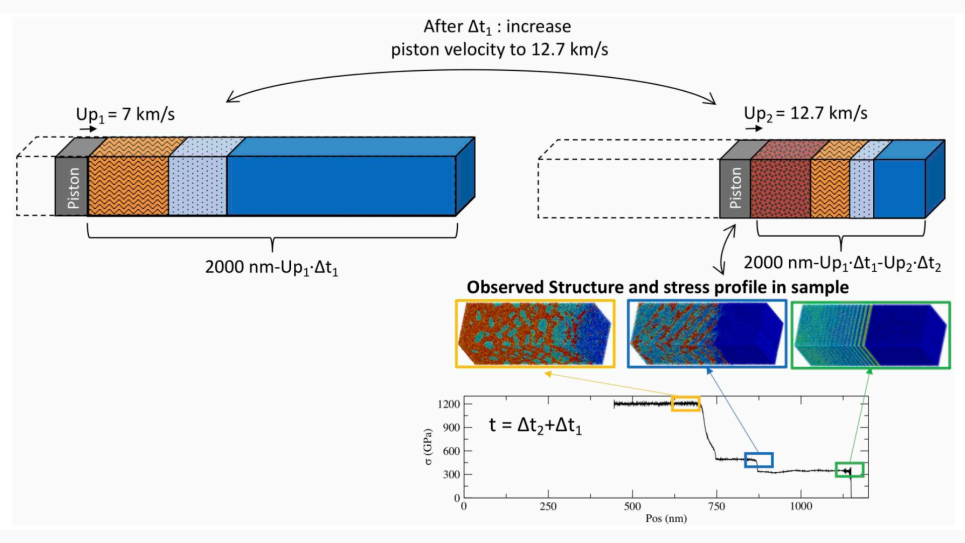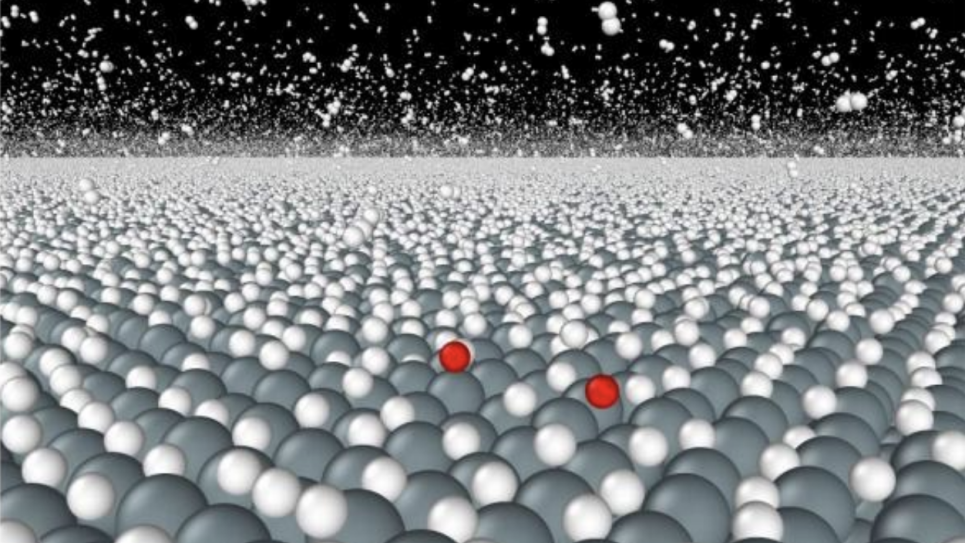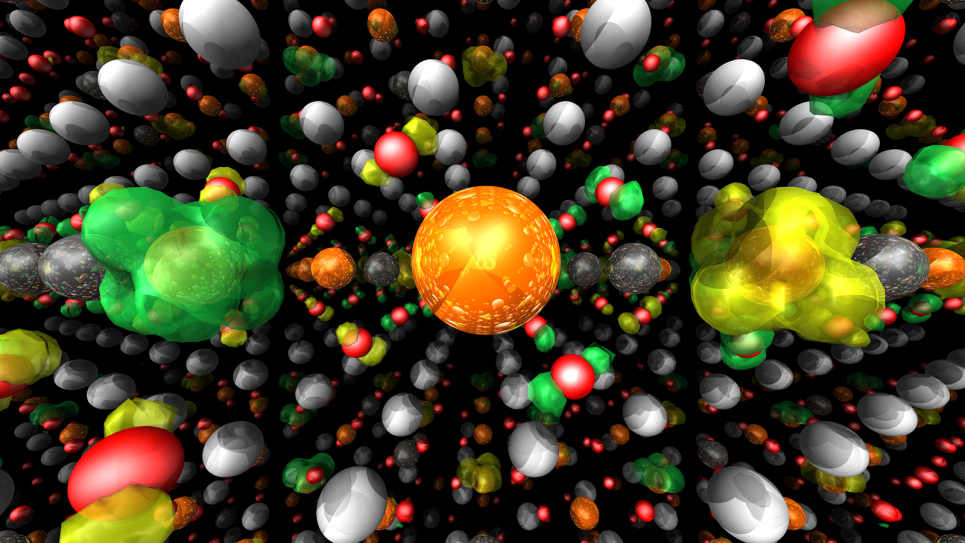
Computational Spectroscopy of Heterogeneous Interfaces
The interfaces between solids, nanoparticles and liquids play a fundamental role in determining the properties of materials. With an understanding of the microscopic structure of solid–water and solid–electrolyte interfaces, researchers can better predict the properties of photocathodes for water splitting in the production of clean fuels and energy conversion in solar cells. However, the properties of interfaces are seldom explicitly included in ab initio models, due to the complexity and cost of the associated calculations.
The main objective of the project is to calculate the physical properties of aqueous interfaces with solid oxides and semiconductors, and of inorganic interfaces at the nanoscale. Using Qbox and WEST codes optimized for Mira, researchers will perform ab initio calculations of electronic and vibrational spectra, integrated with large-scale ab initio molecular dynamics simulations, to study realistic interfaces. The Qbox code also includes new techniques for calculating sum frequency generation (SFG) spectra, which will help identify vibrational signatures of specific reaction pathways that occur at interfaces.
The results can be used to interpret experiments and to optimize materials properties to improve clean fuel production and solar energy applications. This work will help establish a robust strategy to enable the comparison of ab initio data with experiments carried out at light sources, such as Argonne’s Advanced Photon Source. Ultimately, the results could lead to analysis tools for spectroscopic data that can be used by theorists and experimentalists alike.


